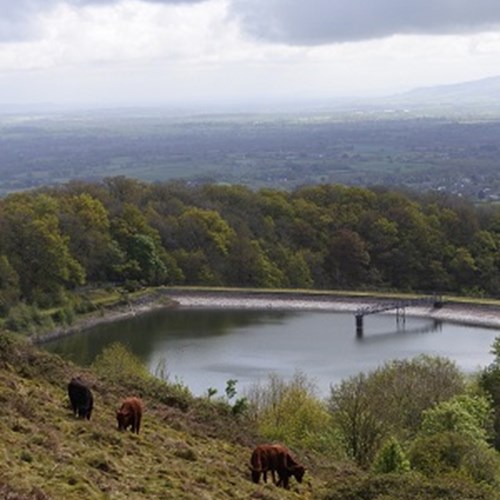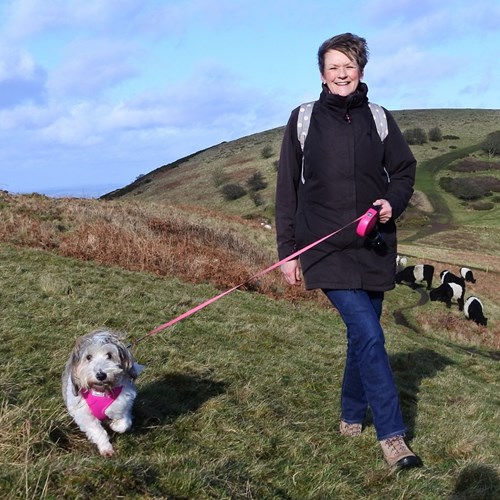Corrected 8th June 2022
Cattle will be returning to graze parts of British Camp this week.
Signage will be placed around the compartment to remind visitors that livestock graze here. Stockwatch, the Trust’s notice with the locations of livestock on the Hills and Commons, is updated weekly by the Trust.
Trees and scrub have crept up the lower slopes of the 2,000-year-old monument and risk causing damage to the archaeology. Roots from larger, thicker vegetation can disturb and destroy the sensitive archaeology beneath the ground. Maintaining the open grassland on the monument protects and conserves these feature now and for future generations.
A small herd of cattle will be contained within a temporary electric-fenced compartment to concentrate the grazing in particular areas where it is most needed. Sheep will continue to freely graze the southern hills throughout the year. Cattle will also be found grazing Ragged Stone Hill.
Access into the compartments for the public will be maintained and we ask all visitors to keep their dogs on a lead in this area to keep the animals safe.
Beck Baker, Community and conservation officer said “Grazing is essential in caring for this ancient monument and we ask everyone to keep their dogs on a lead within the compartment and near grazing livestock to avoid incidents.”
Each year, livestock are killed by dogs on the Malvern Hills and Commons and due to the serious nature of this issue, the police may be involved.
Grazing is the most sustainable and natural way to manage the vegetation growing on the monument. It is not possible to manage the invading vegetation by machinery as this would damage the delicate archaeology and access on the steep slopes and ramparts would be impossible. Grazing will also maintain the wide-ranging views from this popular location.
Temporary fencing is erected under section 15 of the Malvern Hills Act 1995


